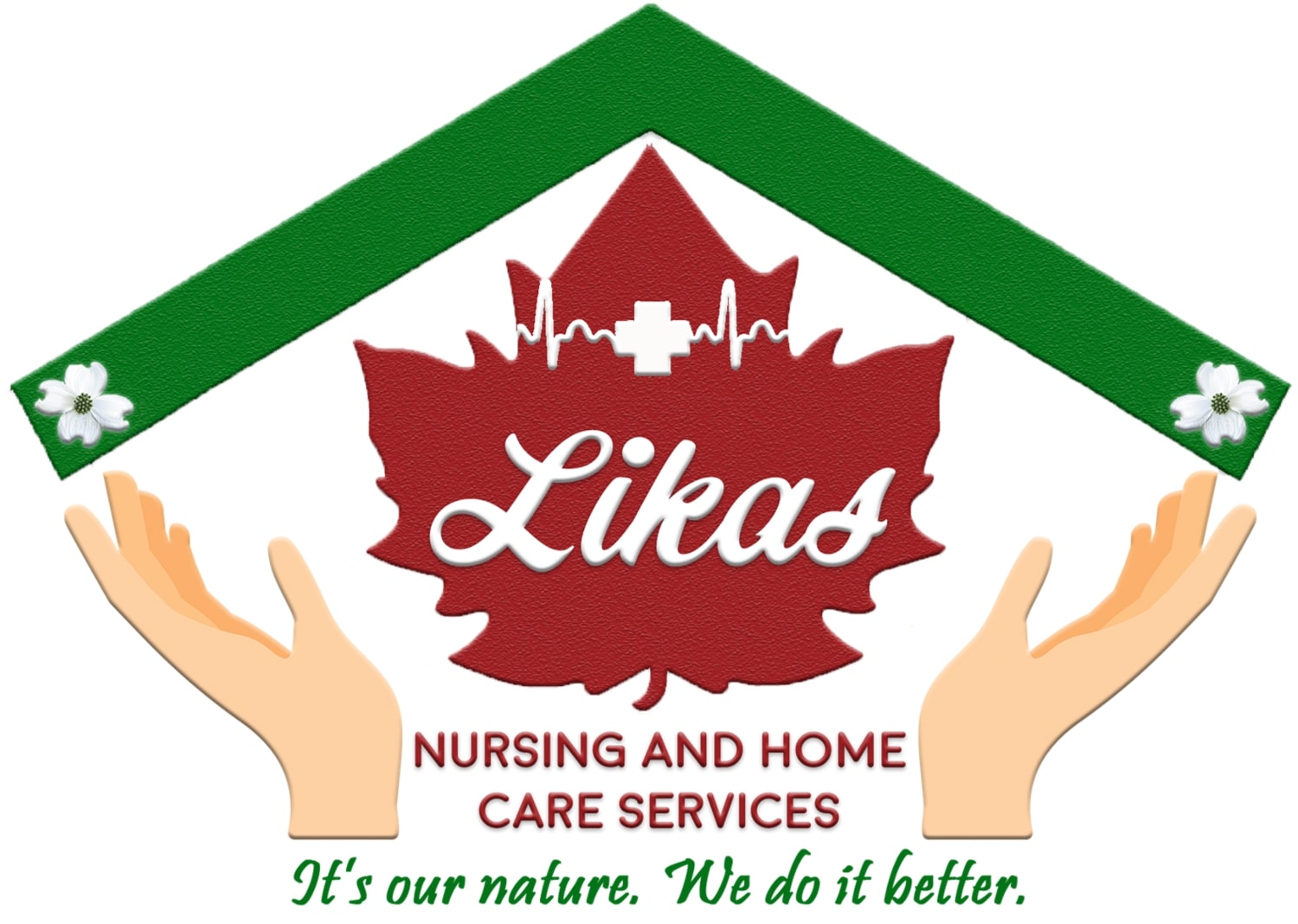
When we think of home care, what image comes to mind?
The most popular image is likely that of health care workers visiting homes of the elderly and/or chronically ill to provide medical, nursing, and social support.
With the aging of the Canadian population comes a growing need for home-based care to address health needs, even as they stay in the safety of their homes. This has been challenging because, although the public deems it essential, home care is not necessarily supported by federal and provincial funding. A study in 2014 (Turcotte) showed that 40% of those who were receiving home care still had unmet needs related to mobility, fitness, and social activities. And what of those who have not received any support for home care but needed it?
Over the last few years, the general public has slowly come to the realization about the importance of health care, even when stacked against other medical issues such as better access to physicians and pharmacare. In light of several studies about different aspects of home care, a systematic analysis was undertaken in 2018 (Johnson et al.).
Here is what we know so far about home care.
Characteristics of home care recipients
Who are the ones most likely to need home care? These are the predictors for an individual needing home care:
Cognitive impairment
Mobility
Chronic conditions
Age
Assistance with activities of daily living
Hospitalization in the previous year
Low income
Females- With regards to gender differences, women were more likely to need home care, primarily due to disabilities, while male clients were more likely to receive both home health care and personal support.
Psychiatric conditions – Depressive symptoms were prevalent, especially in the setting of complex health conditions. Self-harm was also more prevalent in those with alcohol use and dependence.
Unmet needs
Home care services accomplish a lot for individuals who utilize it, allowing them to recover in the comfort of their personal surroundings. However, the structure of home care administration in Canada leaves much to be desired. For one, the amount of spending and coverage varies across provinces. Limited funding and changes in eligibility have resulted in a significant 34% suffering in silence and loneliness. Others have resorted to paying privately for these services, while some have had to adapt to learning how to care for themselves. But even among those who have received home care, around 28.6% still had unmet needs.
That said, what are the other unmet needs of home care in Canada?
Nutritional health – Dietary requirements can vary across different conditions, both social and medical. Previous reports showed that clients receiving home care had nutritional deficits in micro- and macronutrients. This is important because adequate supplementation has showed better energy intake and weight gain in the short term, which may be responsible for faster healing.
Mental health – This is important because a percentage of recently discharged patients experience adverse events afterwards, such as psychosocial, behavioral, and mental health problems. Under-treatment of patients by limiting pharmacotherapy has also been noted to be a concern.
Managing heart failure – Adequate management of heart failure at home is necessary, as these individuals tend to have greater disability in with daily activities, as well as other co-morbidities.
Interventions
Here at Likas Nursing and Home Care, we offer a variety of services: companion care, personal care, and home health care. These services are offered in a myriad of ways to tailor applicability to the needs of the client.
Studies in Canada have shown that nurse-led interventions ranged from telephone support to mental health. For example, telephone support would involve a call from a surveillance nurse to assess the client’s well-being, status, and current need for services. This nurse then is able to provide coaching and information and may also collaborate with other professionals. Home visits, meanwhile, consist of personal checks and regular health assessments. These have also been shown to be helpful in improving the mental health and quality of life of clients receiving them. Tele-home care has also been an option in some areas and has shown to reduce emergency department activity and hospitalizations.
What other interventions have been shown to help improve outcomes in clients receiving home care?
Exercise
Fall prevention
Physiotherapy
Occupational therapy
These types of interventions led to significant functional improvements and reduction in falls.
Issues and Challenges
Analysis of several previous studies have yielded challenges that can be broadly categorized into three groups: the lack of knowledge and education of home support workers, organizational issues, ethical issues, and safety issues.
Lack of knowledge – Specific gaps included knowledge on fall prevention, dementia, physical activity, and nutrition. Thankfully, these can be remedied by further theoretical and practical training.
Organizational issues – On the employee side, these include pay wages, irregular working hours, and workplace stressors such as commute time and tight scheduling. Meanwhile, from an employer standpoint, there is some difficulty in retaining trained workers an matching available workers o clients, especially with scheduling. It has been suggested that emphasis on the positive factors of the job, such as working with people and job flexibility, be emphasized to recruit more personnel into the field.
Ethical issues – This can involve concerns about beneficence, non-maleficence, and autonomy during provision of services. Maintaining professionalism in the midst of giving social support is also a dilemma that is frequently encountered, as well as settling conflicts between home care workers and family members. In these instances, working with other professionals to resolve ethical issues is recommended.
Safety issues – Both caregivers and clients have expressed safety concerns, according to previous studies. Home care clients have identified physical spaces a
nd interpersonal relationships as possible areas for conflict and improvement, while staff also have temporal issues. In this regard, modifications to the home and environment can be done to resolve pertinent safety issues, while needs identification and training on handling difficulties in interpersonal relationships must be provided to home care workers.
Conclusion
This systematic review of the state of home health care in Canada has identified both its successful aspects and its areas for improvement.
At Likas Nursing and Home Care, we strive to provide the standard of care based on the best available evidence. Our home care plans are customized and optimized for our clients’ needs, and we are committed to providing the tender care one would expect from a loving member of the family
To learn more about how we can help you and your loved ones, book a free consultation today.
References
Johnson, S., Bacsu, J., Abeykoon, H., McIntosh, T., Jeffery, B., & Novik, N. (2018). No Place Like Home: A Systematic Review of Home Care for Older Adults in Canada. Canadian Journal on Aging / La Revue Canadienne Du Vieillissement, 37(4), 400-419. doi: 10.1017/s0714980818000375
Turcotte, M. (2014). Canadians with unmet home care needs. Statistics Canada. Retrieved 21 October 2021 from https://www150.statcan.gc.ca/n1/pub/75-006-x/2014001/article/14042-eng.pdf.



